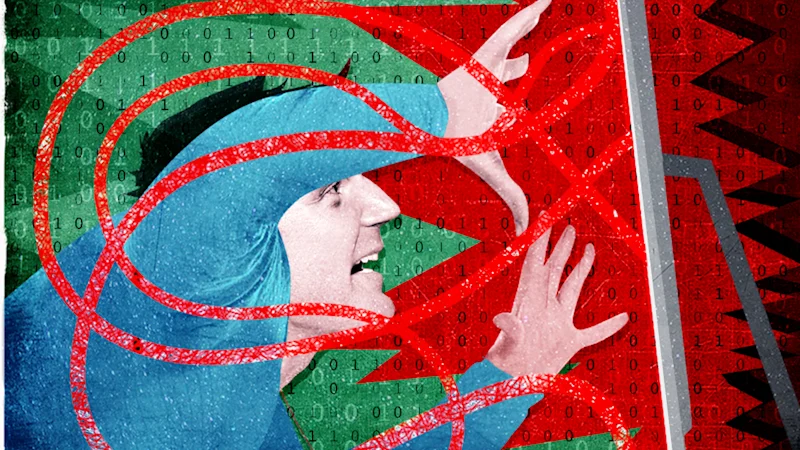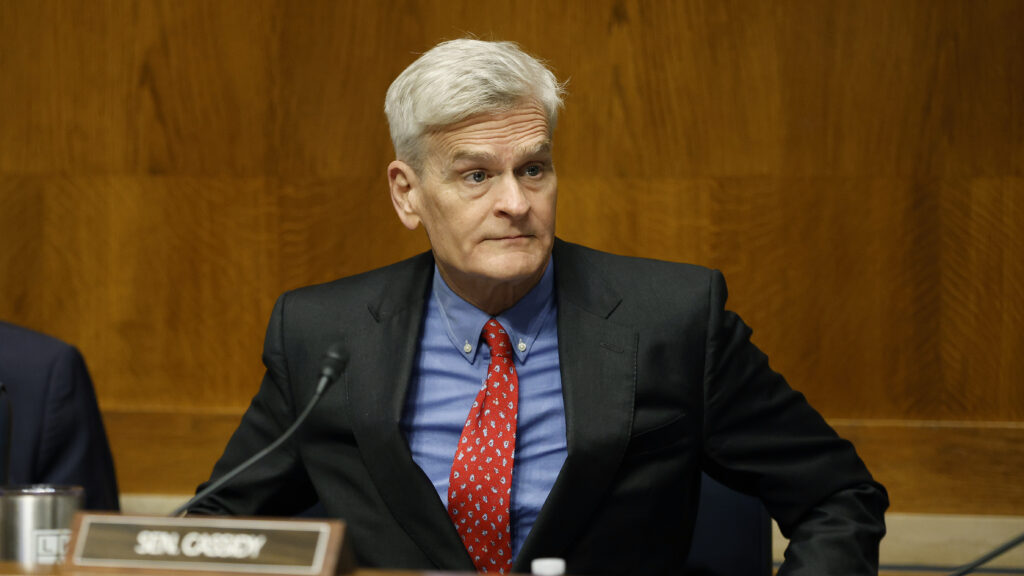By Kylie Moore-Gilbert
Copyright theage

Until a couple of weeks ago, I’d never heard of Charlie Kirk. I can’t say I’m particularly interested in hearing about him now either, even though he’s been the top news story in Australia for a fortnight. The ramifications of Kirk’s assassination, and the broader trends they point to, are far more concerning to me than whatever he did or said during his short life.
I’m not someone who is chronically online. At least, I try not to be. It’s a constant struggle, of course. Like everyone, I feel the pull to compulsively check this app or that, and I can still be sucked into a mindless doomscroll. But long ago, I made the decision, consciously and deliberately, to live as much of my life offline as possible. That the internet should enhance my existence here in the real world, not the other way around.
In Waleed Aly’s column last week, he argued that “the left and the right have become one”, and that because each is increasingly intolerant of the viewpoints of the other, both are becoming more prone to political violence. The truth of this is now apparent even to those of us who have succeeded in dodging much of the partisan teeth-gnashing and hand-wringing over Kirk’s murder proliferating on Instagram, X, TikTok or your poison of choice.
I would argue, however, that the continuing left-right divide and the horseshoe theory that Aly alluded to – that the extreme left and extreme right eventually meet in the same place – has lost much of its salience in our current political landscape. Left-right, Democrat-Republican, Labor-Liberal – none of these traditional ideological groupings can explain the surge of radicalism and political violence coming out of the US and which is threatening to infect our own politics, and that of most of the world’s liberal democracies.



